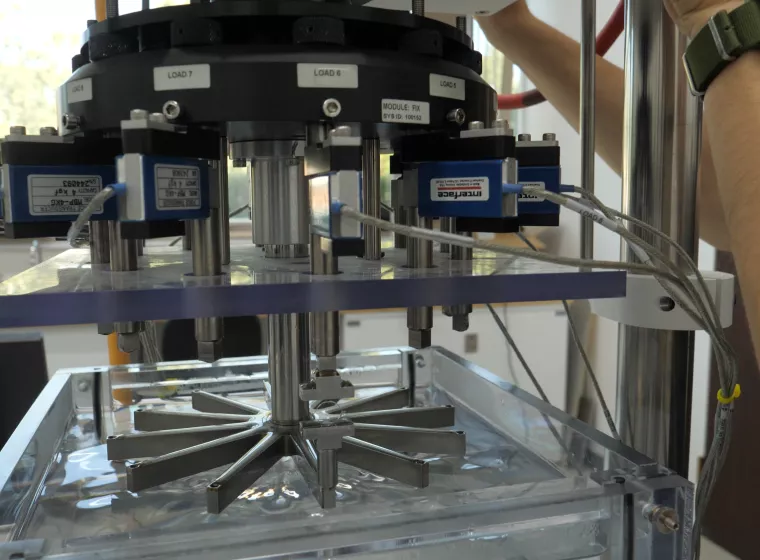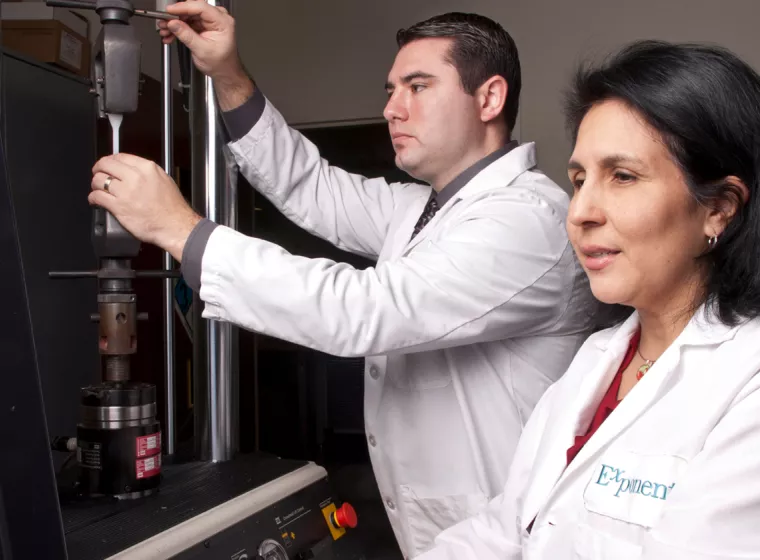April 18, 2023
What medical devices are covered and who will benefit from the additional time?
On March 20, an amendment to Regulation (EU) 2017/745, known as the EU Medical Device Regulation, or MDR, took effect once it was published in the Official Journal of the European Union, extending the transition period for certain medical devices and removing the "sell-off" provision. This extension comes in response to predictions that the insufficient capacity of the existing notified bodies would create challenges in ensuring that medical devices were appropriately tested and relevant technical information prepared for certification by the original transition date of May 26, 2024.
According to the updated regulation, many small and medium-sized companies also appear to be unprepared to demonstrate compliance with the more complex requirements of Regulation (EU) 2017/745. The original deadline could have created potential shortages of critical medical devices after May 26, 2024, due to ongoing supply concerns if not all devices were certified in time under EU MDR.
The amendment to the regulation states that the extension applies to specific conditions to ensure that only devices that are deemed safe and those for which manufacturers have taken certain steps toward transitioning to the new regulation will benefit from the longer transitional period. Manufacturers need to have applied to a notified body by May 26, 2024, and signed an agreement with said notified body by September 26, 2024.
The amendment specifies that the length of the extension to the transitional period depends on the risk class of the medical device. The new transition dates by device class apply only to legacy devices, meaning those that had a Medical Device Directive (MDD) certificate before May 26, 2021. Higher-risk devices have shorter time frames to remain in the market. Devices that had a valid MDD certificate may be placed on the market or put into service until the following dates:
- December 31, 2027, for all class III devices and for class IIb implantable devices except sutures, staples, dental fillings, dental braces, tooth crowns, screws, wedges, plates, wires, pins, clips, and connectors
- December 31, 2028, for class IIb devices other than those covered above, for class IIa devices, and for class I devices placed on the market in sterile condition or having a measuring function
A transition period until May 26, 2026, is also now available for class III custom-made implantable devices, giving these devices more time to obtain certificates by a notified body since they were not originally part of the transitional provisions. The requirements to have an application in place before May 26, 2024, and a signed agreement by September 26, 2024, will also apply to this class of devices.
Additionally, the "sell-off" provision was removed. The sell-off date is the date after which a device already on the market but not yet with users should have been withdrawn. Without the sell-off date, devices that were previously in compliance (CE cert under MDD) can remain on the market or be put into service without any time limitation. This change will help prevent medical device shortages and may motivate an influx of medical devices into the market if they are available for distribution.
The European Commission recently published a useful Q&A to address practical aspects of implementing these changes to MDR. This guide includes information on:
- the scope of the extension (what devices are covered)
- evidence that manufacturers can use to demonstrate that their devices can benefit from the extension
- conditions for benefitting from the extension
- details on the surveillance to be performed by notified bodies when a transfer is occurring
- which devices will benefit from the repeal of the sell-off provision
While these changes to MDR provide more time for manufacturers of legacy devices to complete their device evaluations and update their technical files to comply with the regulations, there are still unknowns in terms of how much faster notified bodies will be able to accept applications, issue agreements, and ultimately provide certifications.
More detailed guidance is expected from the European Commission and further publications by the Medical Device Coordination Group. It will be interesting to see how notified bodies respond to the influx of applications before May 2024 and how many agreements are in place by September 2024. Manufacturers of legacy devices can use this additional year to complete additional device evaluations and update technical files if they intend to keep devices in the market.
What Can We Help You Solve?
Exponent's multidisciplinary team of biomedical and mechanical engineers, material scientists, chemists, and regulatory and health science consultants helps clients navigate the complex regulations that govern the commercialization of medical devices throughout the total product lifecycle. We can perform customized testing and analysis, assist with preparing or reviewing key sections of technical files, and support responses to agency requests for additional information if accepted.







